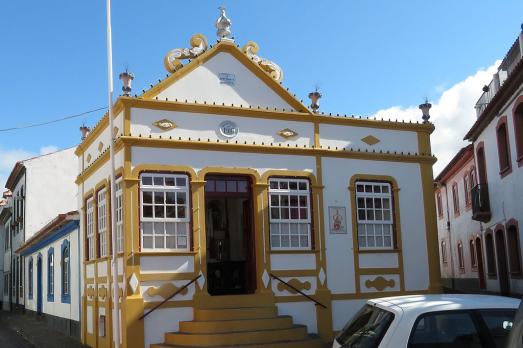
Church of Empire of Espírito Santo
Angra do Heroísmo, PT
This Empire of Espírito Santo was founded in the 19th century, more precisely in 1810.
Here you can search for a building to visit. You can use the map find destinations, or you can use the filters to search for a building based upon what different criteria.

Angra do Heroísmo, PT
This Empire of Espírito Santo was founded in the 19th century, more precisely in 1810.
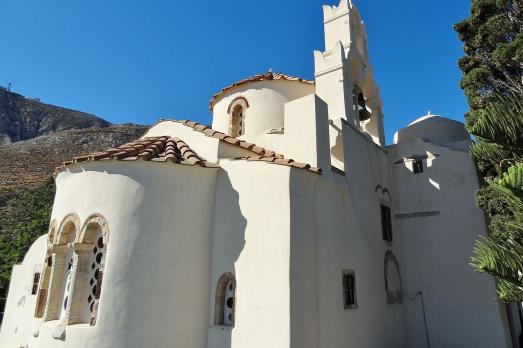
Santorini, GR
The Episcopal Church of Thira is a medieval Byzantine church that was built in the 11th century by Alexis I Comnene (1048/1056 - 1118). The interior of the church is decorated with marble iconostasis and frescoes, dating from the late 11th and 12th centuries.

Santo Espírito, PT
The original hermitage was built in Fajã Sul, next to the sea, surrounded by vineyards, by Mateus Duarte at his own expense. This temple was destroyed in the 19th century by a strong sea wave, and the image was rescued from the waves - without any damage - by an inhabitant named Simplício, with great difficulty.
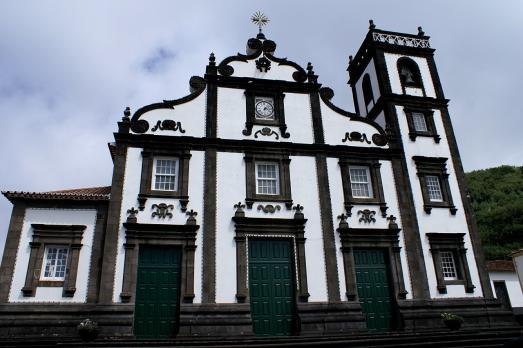
Ribeira Grande, PT
This church, although smaller, already existed in 1522, as can be seen in Saudades da Terra, by Gaspar Frutuoso.

Myrtia, GR
.

Paleochora , GR
The Church of Evangelistria is an Orthodox place of worship in Paleochóra inaugurated in 1923. It is the largest church in the region of Chania.
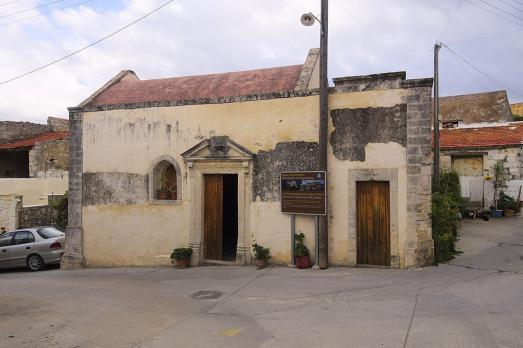
Episkopi, GR
The church of Faneromi and All Saints in Episkopi was built in the 14th century, during the Venetian period. It was originally dedicated only to All Saints (Hagioi Pantes). In 1642 the church was extended.
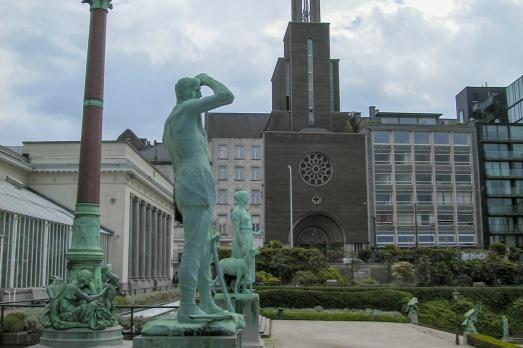
Sint-Joost-ten-Node, BE
The church of the Gesu was built in the 19th century and is now desacralized. From 1860 to 1865, Louis Pavot built a neo-gothic church for the neighbouring Jesuit community. Between 1937 and 1939, the church was enlarged with a façade on rue Royale, as the neo-gothic church is no longer visible from the street. The new brick façade was designed by the architect Antoine Courtens with a bell tower in a distinctly Art Deco style, while the entrance portal, with a wide arch, a tympanum and statues of the twelve apostles and surmounted by a rose window, retains a soberly traditional style.
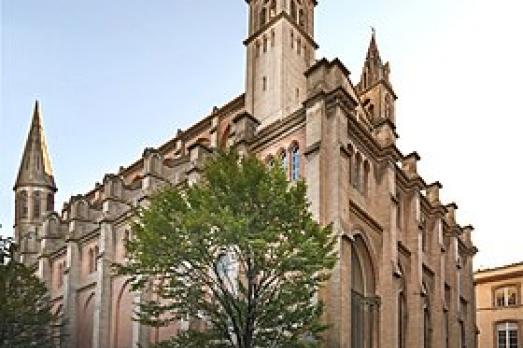
Toulouse, FR
The church was built in the second half of the 19th century (from 1855) by the architect Henry Bach for the Jesuits. In neo-gothic style, painted and richly decorated, stained glass windows by L. V Gesta. The organ built in 1864 and classified as a Historic Monument in 1972 is a masterpiece of the famous organ builder Cavaillé-Coll.
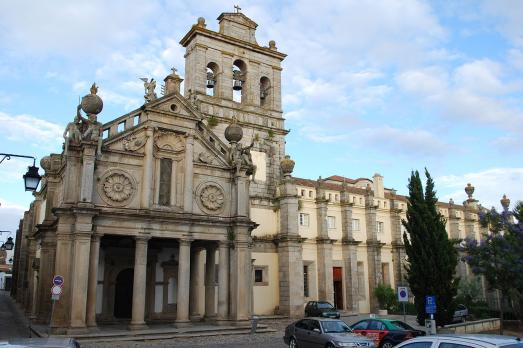
Évora, PT
The Church of Grace was founded as a convent in 1511. In 1834, with the extinction of the Order in its possession, the Convent of Grace was nationalized and converted into barracks. The building fell into ruins and in 1884 the vault of the church collapsed. The exterior of the building was finally restored in the second half of the 20th century. The church is an important religious monument of the Renaissance in the city of Évora.

new
Nestled amidst the serene landscapes of the Harz region, lies a hidden gem for nature enthusiasts and history buffs alike - the Harz Monastery Hiking Trail. Lace up your hiking boots and embark on this captivating adventure that will transport you back in time.

The Holy Mile (Miglio Sacro) of Naples is a one-mile-long itinerary, through sacred places linked to the city's patron saint, San Gennaro, in the Rione Sanità district. Discover the city from a new perspective with this unique walking tour.

As a university city, cultural offerings abound in Tartu and will reach their peak after being designated one of three European Capitals of Culture for 2024. In this list, we've compiled the most interesting sacred places to visit in and around the old town.